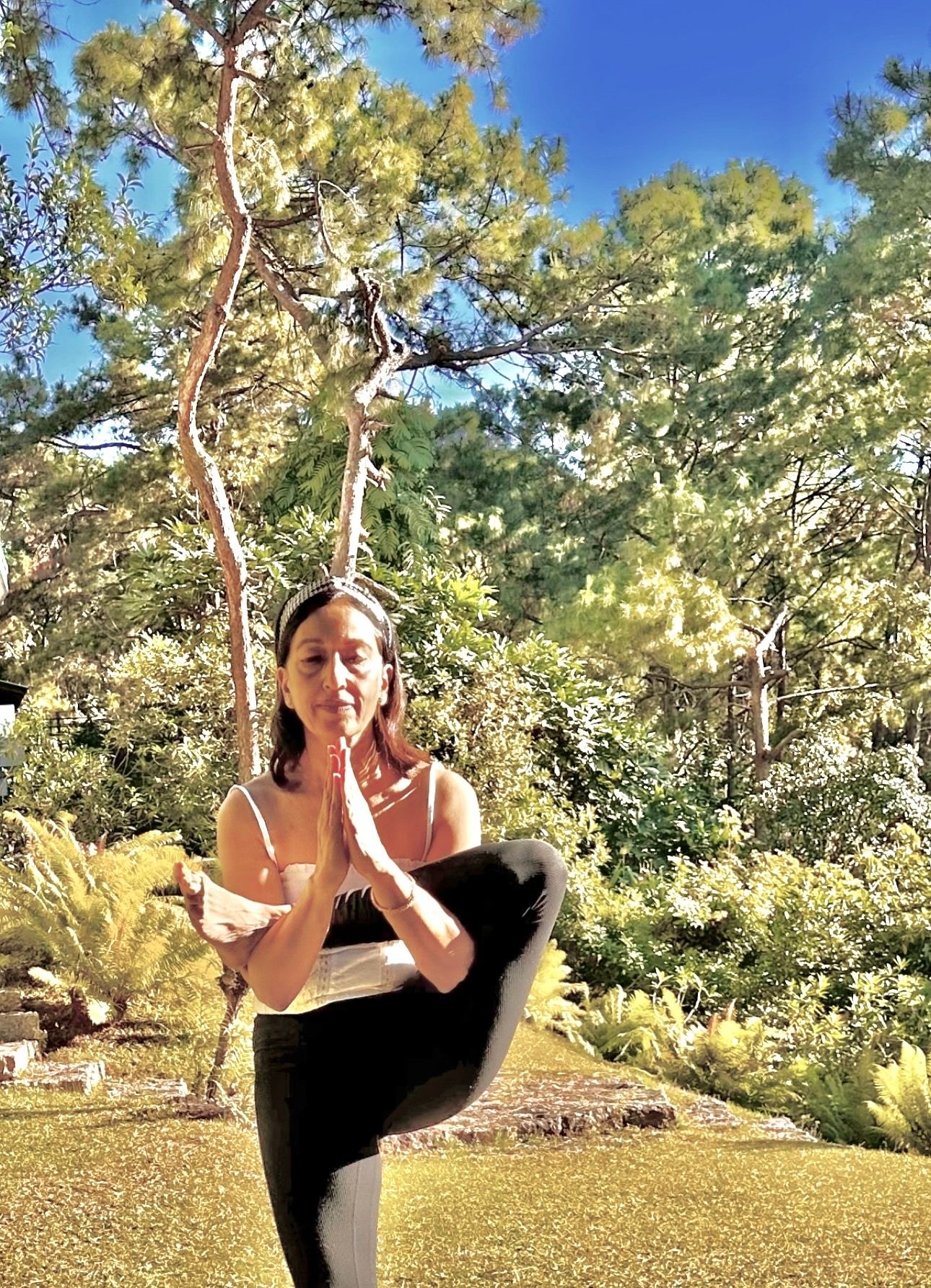Yoga is an age old tradition with its earliest mention in the Rigveda, a collection of ancient Indian scriptures dating back to approximately 1500 BCE. Within these sacred texts lie hymns and verses which have references to the practice of yoga, emphasizing the union of mind, body, and spirit. The Rigveda set the foundation for the philosophical underpinning of yoga, laying the groundwork for its evolution over time.
Over 15,000 years ago, Adiyogi (the very first yogi or the deity Shiva himself) is said to have explored every atom of cosmic creation with the Sapta Rishis (the seven sages) and he taught yoga to these seven enlightened beings with the aim of them helping every human evolve on a metaphysical level.
It’s amazing to learn that the human body is a maze of more than 72,000 ‘nadis’ (subtle panic nerves in the body of energy). Much before scientists understood blood vessels, nerves and neurons in the physical body, ancient Indian medicine had defined ‘nadis’ as tubes that carry ‘prana’ or ‘life force’. Yoga aims to both balance and energise the flow of life energy through our ‘nadis’ and awaken our higher consciousness. Most people who search for Live Online Yoga Classes, are searching for the physical advantages of this practice , but once on the yoga-path, they realise the staggering depth of this yogic science.
Classical Period: Systematisation of Yogic Practices
The classical period between 500 BCE and 800 CE witnessed the systematic organization of yogic principles. Patanjali, often regarded as the father of yoga, compiled the Yoga Sutras. This seminal text outlined the eight limbs of yoga, offering a comprehensive guide to spiritual aspirants. It laid out ethical conduct, physical postures (asanas), breath control (pranayama), and meditation.
Influence of Indian Philosophies
Yoga’s evolution was significantly influenced by various Indian philosophies. The Samkhya school of thought, elucidating the concept of dualism and the distinction between matter and spirit, provided a theoretical foundation for yoga’s spiritual basis. In addition, Vedanta, expounding the unity of the individual soul (atman) with the universal soul (Brahman), further built the philosophical aspects of yoga.
Spread and Globalization
While yoga remained primarily confined to India for centuries, its globalization began in the late 19th and early 20th centuries. Pioneers such as Swami Vivekananda and Paramahansa Yogananda played pivotal roles in introducing yoga to the West, sparking curiosity and interest in its transformative potential.
Practice Yoga In It’s Entirety
The vast range of yoga asanas (postures) help strengthen immunity, improve the functioning of all body systems, rev up blood circulation, reduce stress, improve balance and flexibility ‘Pranayama’ (breathing techniques) help balance the energy flow in our body. Pranayama helps us understand the significance of our breath and how we can manipulate it to gain physical and mental benefits. “Dharana” and “dhyana” (concentration and meditation) help us connect with our deeper self. Yoga is so much more effective when we do it the right way with professional guidance. Searching for Live Online Yoga Classes to help you get started? Join yoga sessions at Yoga with Sapna today!
